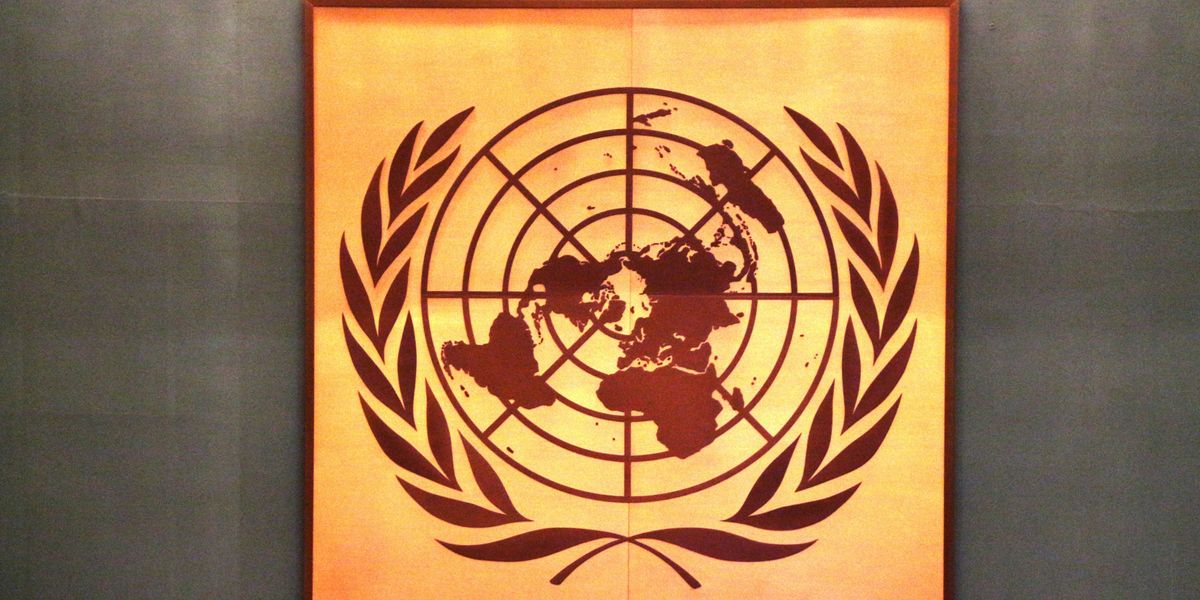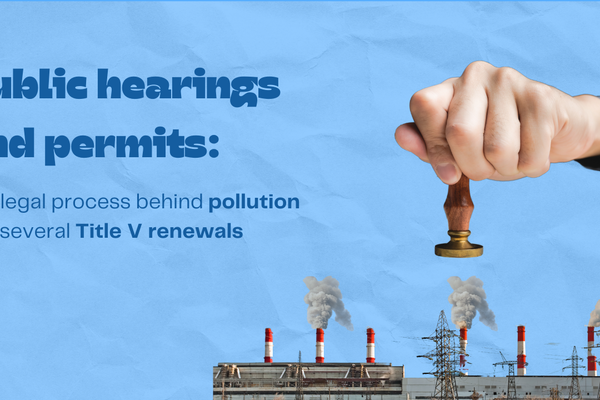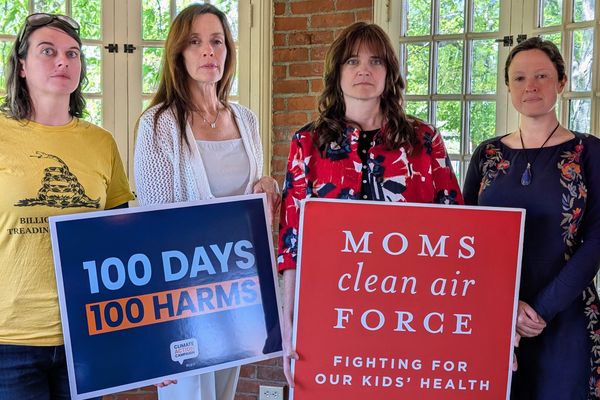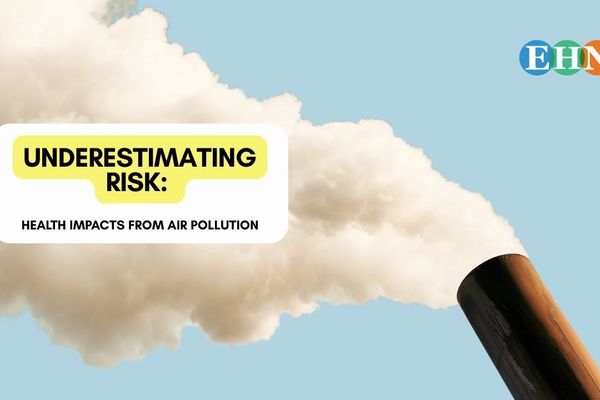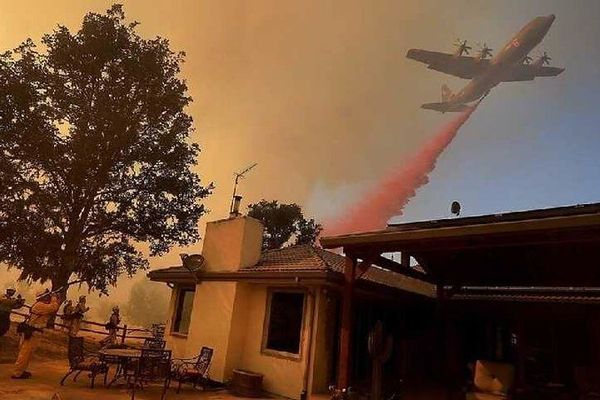Daughter sues oil companies over mother’s death in 2021 heat wave
A Washington woman has filed the first wrongful death lawsuit blaming fossil fuel companies for a loved one’s death during a climate-driven heat event.
David Gelles reports for The New York Times.
In short:
- Misti Leon is suing Exxon Mobil, Chevron, Shell, BP, ConocoPhillips, Phillips 66, and Olympic Pipeline Co., alleging that their emissions caused the extreme heat that killed her 65-year-old mother, Juliana Leon, in June 2021 during a heat dome event in the Pacific Northwest.
- The lawsuit argues the companies knowingly produced emissions that worsened climate change and misled the public about the risks, constituting wrongful death, public nuisance, and failure to warn.
- Legal experts say this is the first case linking an individual’s death directly to corporate responsibility for climate change, a potential new front in environmental litigation.
Key quote:
“I never would have in a million years guessed that a heat dome and climate change would be what killed my mother and what took her from me.”
— Misti Leon, plaintiff
Why this matters:
Extreme heat is becoming one of the most lethal consequences of climate change. In the U.S., heat-related deaths have doubled over recent decades, often affecting the elderly, outdoor workers, and people without access to air conditioning. The scientific community overwhelmingly agrees that the burning of fossil fuels has driven global temperatures upward, intensifying weather events like heat waves. These events can overwhelm the human body, disable infrastructure, and trigger wildfires. While most lawsuits over climate harm have come from cities and states, this case signals a growing willingness to connect individual human loss to corporate actions. The implications for public health, particularly among vulnerable populations, are profound.
Learn more: Climate disaster survivors demand legal action against Big Oil

